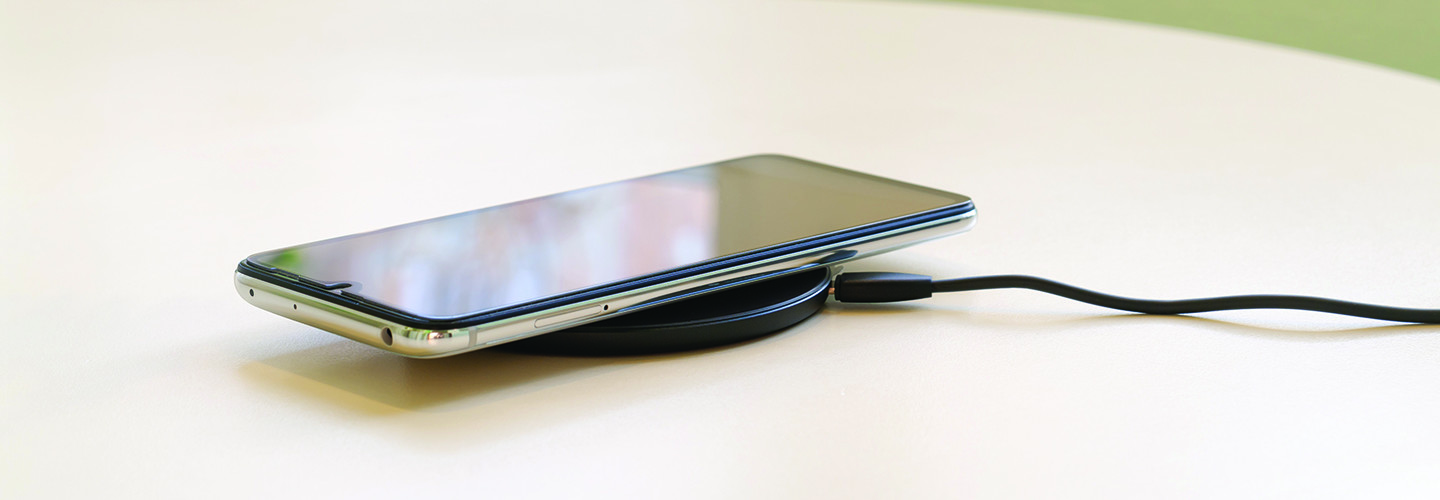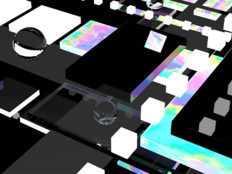How Does Wireless Charging Technology Work?
Wireless charging leverages the concept of electromagnetic induction, which occurs when an alternating electric charge across an induction coil produces a fluctuating magnetic field. This field is then used to transfer power between a charging station and target device.
Despite its recent uptake for mobile technologies such as smartphones, tablets and wearables, the concept of induction charging was first explored by English physicist Michael Faraday in 1831 and further refined by Nikola Tesla; his “Tesla coil” was capable of wirelessly powering other devices at a small distance. In fact, many homes already contain wireless chargers in the form of electric toothbrushes; the base is the charging station, and the toothbrush is the powered device.
Here’s how it works in practice: Wireless charging stations are plugged into standard AC outlets. Alternating current is then run through copper induction coils, which produce an oscillating magnetic field. This field creates an alternating electric current in a mobile device’s receiver coil, which is then converted into direct current using a rectifier and applied to device batteries.
Most wireless charging pads are capable of transmitting power only a few centimeters. Larger coils make it possible to send a charge over greater distances, and it’s also possible to improve transmission by causing multiple transfer coils to resonate at the same frequency.
What is Qi Charging?
While induction-based charging forms the basis for wireless power potential, two standards have emerged to deliver this power to devices: Qi and PMA.
WATCH: Learn how businesses are using tech to meet the moment, both with employees and customers.
Qi uses the 100-205 kilohertz band to provide wireless charging, and, as noted by the Wireless Power Consortium, there are now more than 3,700 Qi-certified devices on the market capable of providing 5 to 15 watts of power to personal mobile devices.
What Is PMA Charging?
The Power Matters Alliance charging standard leverages the 277-357kHz band to provide power. Also known as the AirFuel Alliance Standard, this wireless option provides power from up to 50 millimeters away, allows the use of devices while charging and permits the charging of multiple devices at once.
Qi Charging vs. PMA Charging
Although these two standards both use induction charging and have similar component frameworks, they’re not interoperable. Devices require different configurations to support PMA and Qi. And while many newer devices contain the necessary hardware to leverage both charging standards, the market is undergoing substantive changes, with PMA founding member Powermat making the shift to Qi, which has been adopted by Apple as its wireless charging standard.
Is Wireless Charging Faster?
For employees, wireless charging offers the advantage of simplicity. There’s no need to search for specific connectors or untangle snarled cords in home offices or at corporate workstations. Employees simply set down their device and it starts to charge.












